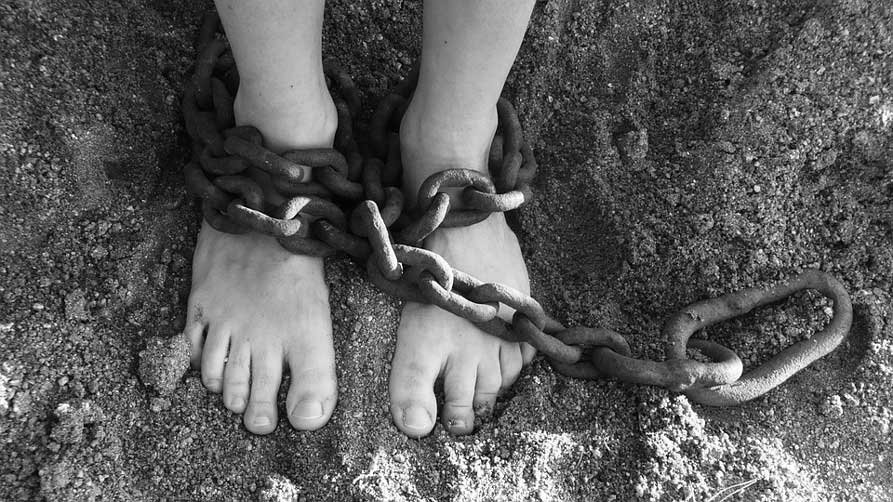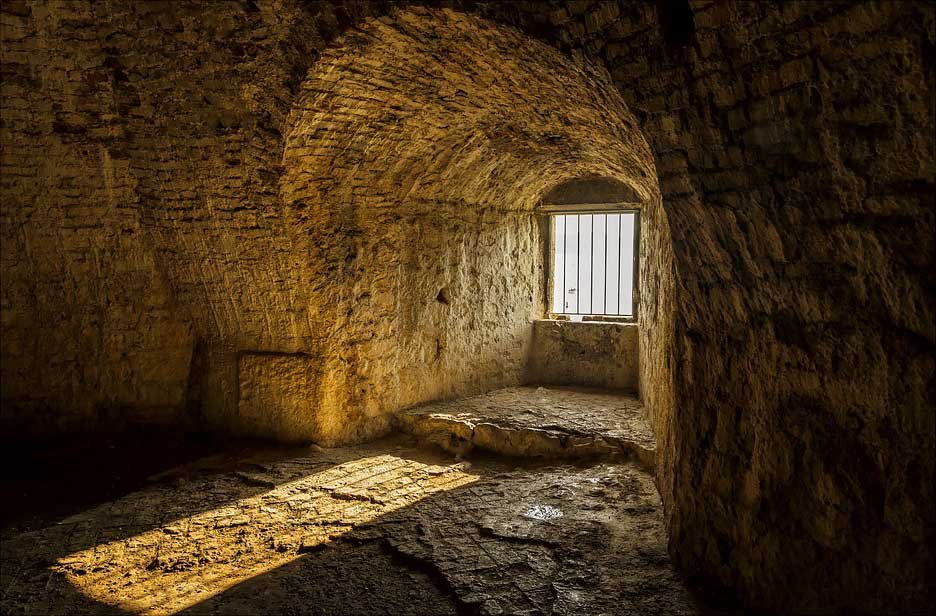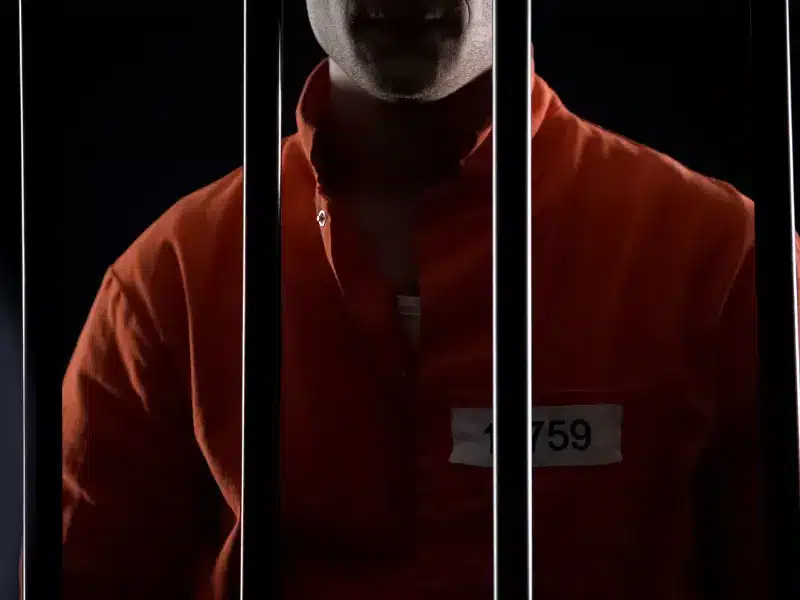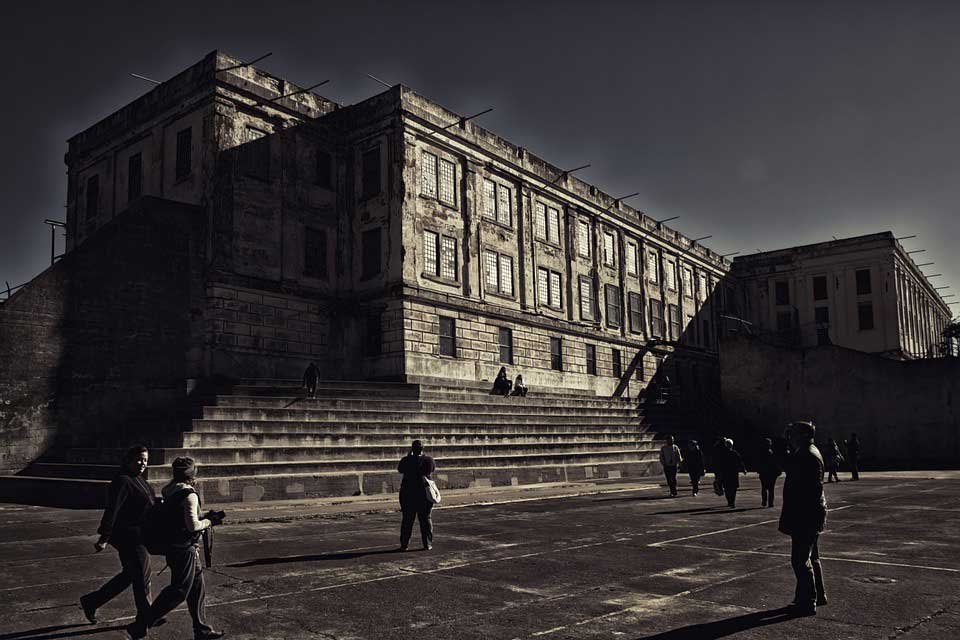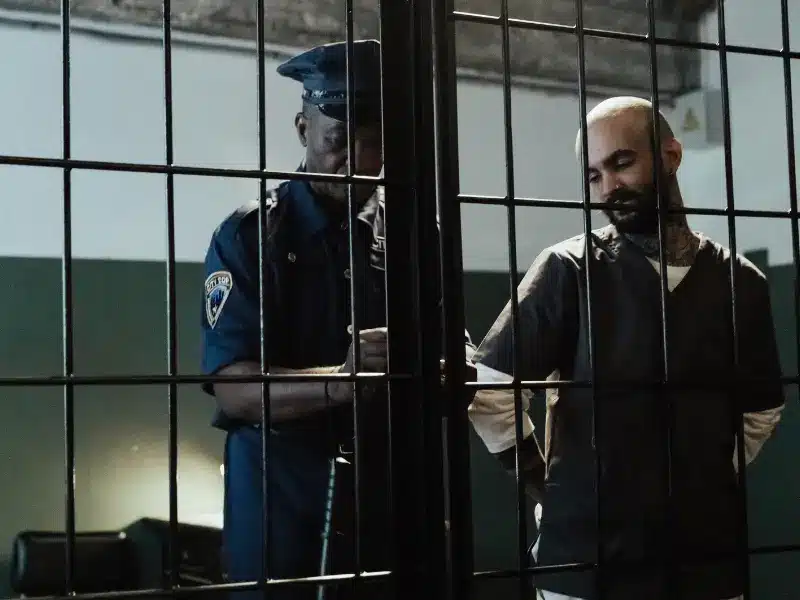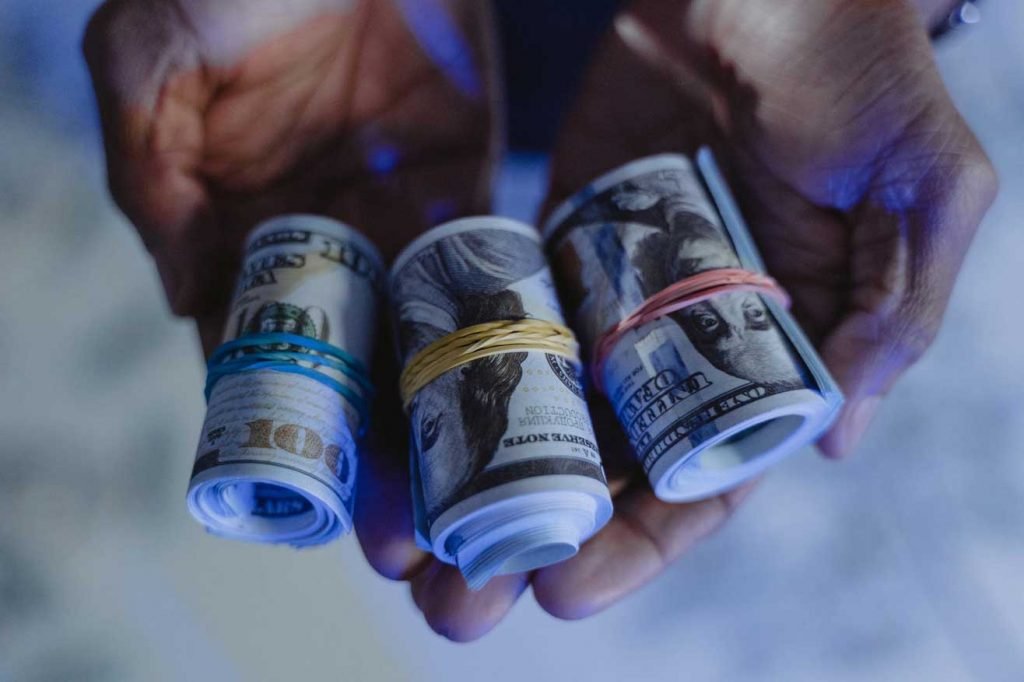
In American prisons, blacks have historically outnumbered whites. Over the last decade, however, a dramatic decrease in the number of black prisoners has slowly decreased the difference. So, why is this change? And what is the Federal Prison Population by Race in the U.S.?
The racial and ethnic diversity of American jails continues to deviate significantly from the country’s overall demographics.
In 2017, blacks made up 12% of the adult population in the United States but 33% of those incarcerated. Though there are some additional causes, racial boundaries are one of the most common.
Experts have suggested a number of plausible explanations for the drop in incarceration rates, including a significant drop among black Americans.
In this article, we’ll talk about all those possible reasons and the answer to those queries. Stay with us to know more about the unknown factors!
LAW ENFORCEMENT IN THE CRIMINAL JUSTICE SYSTEM
Background
Law enforcement officers are in charge of investigating a crime and gathering evidence to identify and prosecute the alleged offender.
Individuals are presumed innocent unless proven guilty, which is the basis on which they are expected to function.
There are 686,665 full-time employed law enforcement officers in the United States as of 2018. The Fourth Amendment protects people from unreasonable searches and seizures. A black individual is five times more likely than a white person to be stopped without cause.
A Black male is twice as likely as a Black woman to be stopped without cause. Sixty-five percent of Black adults have felt discriminated against because of their race.
Similarly, almost 35% of Latino and Asian adults have felt discriminated against because of their race.
What is the percentage of African American Males in Prison?
According to a new report from the Bureau of Justice Statistics (BJS), there were 1,501 black convicts for every 100,000 black adults at the end of 2018. According to a previous BJS study, there were 2,261 black convicts per 100,000 black adults at the end of 2006.
98 non-federal law enforcement officers have been arrested in connection with deadly on-duty shootings since 2005.
Only 35 of these policemen have been convicted of a crime so far, and it’s usually a lesser charge like manslaughter or negligent homicide rather than murder.
During this time, just three officers have been convicted of murder and have had their convictions upheld. Another 22 officers were acquitted in a jury trial, while nine were acquitted in a judge-led bench trial.
A judge or prosecutor dropped ten other cases, and a grand jury did not return a true bill in one case. There are now 21 non-federal law enforcement officials facing criminal charges.
Only offenders condemned to more than a year in state or federal prison are included in these figures. Inmates detained in municipal jails and those condemned to shorter terms of imprisonment are not included.
The Racial Composition of America’s Prisons
While Black Americans are 4.8 times more likely than White Americans to be incarcerated, in other areas, such as New Jersey, Black Americans are up to 12.5 times more likely than White Americans to be incarcerated.
As the image below illustrates, Hawaii has the lowest disparity in black and white American incarceration. However, Black Americans in Hawaii are still more than twice as likely as white citizens to be incarcerated.
Despite the fact that their rate of incarceration has dropped the most in recent years, black Americans are still significantly more likely to be in prison than their Hispanic and white peers.
At the end of 2018, the black imprisonment rate was about twice that of Hispanics and more than five times that of whites.
PUBLIC PERCEPTION OF POLICE BRUTALITY AND RACIAL BIAS
There is a clear divide in how the general public views deadly police confrontations with Black persons. Sixty-six percent stated the encounters were one-off occurrences.
According to a 2019 study on police relations, 84 percent of black individuals believe white people are treated better than black people by cops, while 63 percent of white adults agree.
87 percent of Black adults believe the criminal justice system in the United States is biased against them, whereas 61 percent of white individuals agree.
Despite the fact that police have killed more white people, Black and Hispanic people are disproportionately affected.
While white people account for little more than 60% of the population, they account for only 41% of fatal police shootings.
Although black people make up 13.4% of the population, they account for 22% of fatal police shootings. Other instances of police brutality, such as non-lethal shots, are not taken into account.
Conclusion
Black lives matter has never been that effective until African Americans protested for it.
But with different agendas and theories, it’s important for us to remember that the prison and justice system are the same for all. No matter who the person is, justice should never be denied.

